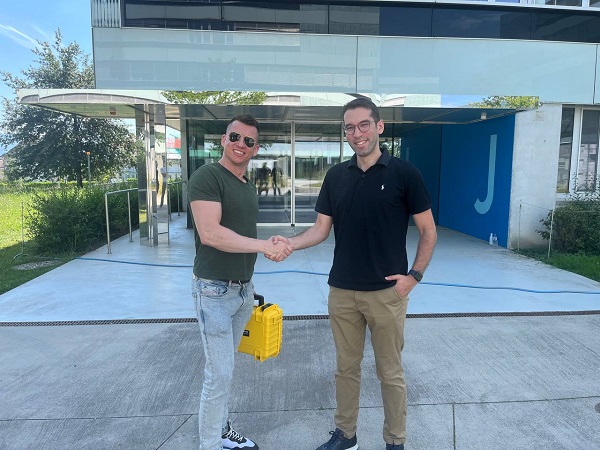 Credit: Mission Space
Credit: Mission Space
Luxembourg-based SpaceTech startup, Mission Space, has announced a partnership with DPhi Space that will see it launch into orbit the first commercial payload dedicated to space weather monitoring.
The launch is set for the first quarter of 2025. According to Mission Space, this launch will kick off an "ambitious" satellite constellation aimed at delivering real-time, high-resolution data on space weather phenomena, ultimately "enhancing the accuracy" of localised forecasting.
Mission Space noted that space weather "poses a significant threat to the technology that powers our daily lives", from satellites and GPS systems to power grids and financial networks. Severe geomagnetic storms, in particular, have the potential to "wreak havoc" on a global scale, with estimated economic losses reaching as high as $42 billion per day.
At the heart of this mission is Mission Space's proprietary sensor, Zohar, developed in-house and designed to be a "game-changer" in the field. The Zohar sensor integrates a spectrometer and a Cherenkov detector, capable of performing up to 1,000 measurements per second. This technology will collect critical data on charged particles, geomagnetic conditions and other space weather variables.
The upcoming launch represents the first of 24 planned payloads in the Mission Space constellation, which is expected to be fully deployed by 2027. Once operational, this network is expected to "revolutionise" space storm forecasting by leveraging machine learning and the continuous stream of data from its own constellation. Mission Space added that it offers localised tailor-made mitigation insights for the industry up to 96 hours in advance, helping them safeguard against the potentially catastrophic effects of space weather.
Switzerland-based DPhi Space, a key partner in this venture, is responsible for integrating the payload and launching it into orbit. This collaboration is expected to enable space and ground-based enterprises to assess threats more effectively and minimise the impact of space storms. An example given was that passengers and crew members on flights would be better protected from radiation, as airlines would be able to plan safer routes, avoiding hazardous areas. Additionally, the public would experience fewer disruptions to communications and electronics.








